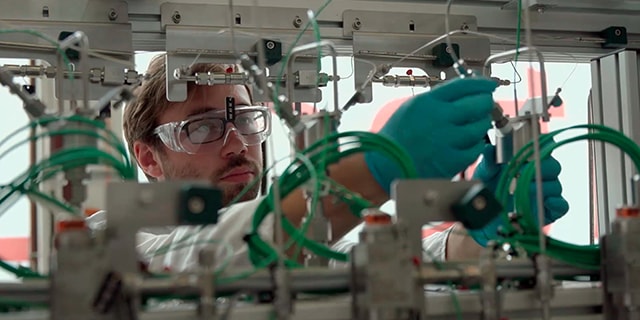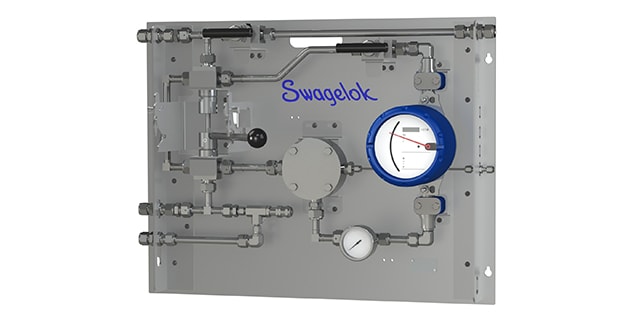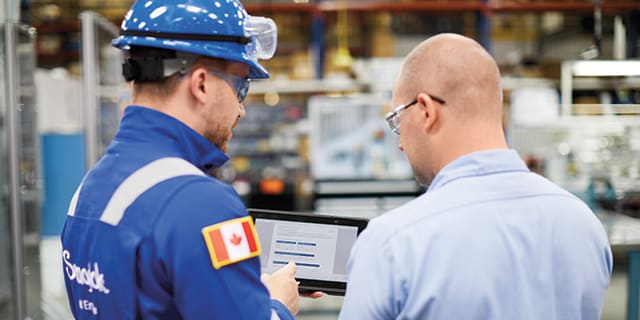10 Tips to Improve Chemical Sampling Systems
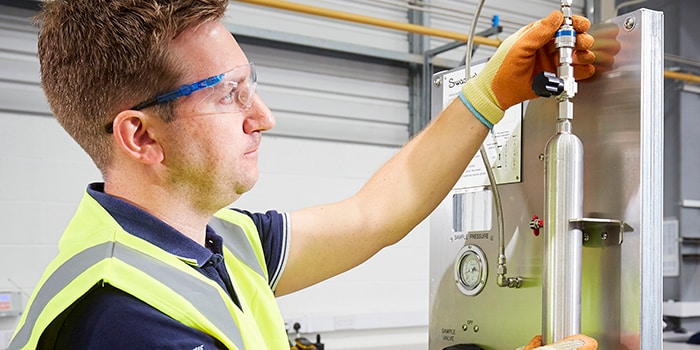
10 Tips to Improve Chemical Sampling Systems
Managing an analytical instrumentation operation is no small feat. Whether you design, construct, operate, or maintain a chemical sampling system, receiving consistent, reliable results can be a struggle for even the most seasoned engineers and technicians. Issues with your sampling system can spell major problems for your plant such as: resource downtime, operational inactivity or unexpected maintenance costs.
Luckily, there are several areas your team can regularly monitor to improve system efficiency. Learn how to diagnose and eliminate issues associated with your sampling system with these ten tips.
 1. Check for simple system errors.
1. Check for simple system errors.
You can improve the reliability of your analyzers by auditing and eliminating simple mistakes from your chemical sampling system installations, such as reversed check valves blocking your sample flow or a fast loop flowing backwards. Luckily, these instances are easy to find and remedy.
 2. Reduce gas volume upstream.
2. Reduce gas volume upstream.
High-pressure gas can ruin a well-designed chemical sampling system by causing condensation in the lines and excessive time delay due to gas compressibility. Furthermore, high-pressure gas can present itself as a safety concern due to rapid decompression in the event of a component failure. It’s best to reduce the pressure of a gas as soon as possible and to minimize the sampling system volume on the upstream side of a regulator.
 3. Keep pressure on liquid samples.
3. Keep pressure on liquid samples.
Liquid samples behave just the opposite of gas samples. Letting the pressure drop may release a dissolved gas, thus causing the liquid to bubble or foam. It’s best to keep the pressure of a liquid sample as high as possible.
 4. Pay attention to system surfaces.
4. Pay attention to system surfaces.
When fluid touches a surface, several molecules are left behind. Loss of molecules due to adsorption can spoil your sample. Pick the proper materials for filter elements, regulator diaphragms, tube walls, or gas cylinders. Also, be sure to consider the ambient environment. For instance, 316SS tubing can be damaged by the chlorine in seawater while polymer tubing can become brittle after UV exposure.
 5. Use compatible elastomer seals.
5. Use compatible elastomer seals.
Materials that are mismatched to your sample fluid may cause failures like sample leakage or even a blockage within the sampling device. Be sure to use compatible elastomer seals to ensure to an accurate sample analysis.
 6. Avoid sampling from stagnant lines.
6. Avoid sampling from stagnant lines.
For a representative sample, make sure you’re sampling from an active and flowing process line. Remember that the timeliness of your sample is also dependent on the time it takes the sample to flow from the process to the extraction point. The location of the sample point can be a critical aspect of a successful sampling system.
7. Look for dead legs in your sample transport line.
A common problem for technicians and engineers alike is “dead legs,” or an unpurged volume. This issue allows molecules to be held up from earlier samples to diffuse into your current sample, causing a slow analyzer response and the continuous contamination of your system.
8. Keep vaporizers cooler.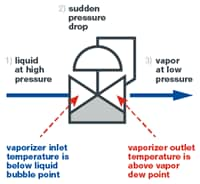
A hot vaporizer body could boil the incoming sample, causing it to fractionate. Make sure you understand the temperature requirements of the chemicals in your system and appropriate equipment settings to prevent errors.

9. Maintain sample flow.
Success in chemical sampling is largely a matter of ensuring the sample fluid remains at the right flow, pressure and temperature to bring the fluid into an appropriate condition for analysis. Controlling those three conditions might be enough to eliminate many of the problems plaguing process analyzers around the world. Generally, a faster flow is recommended to ensure good sample mixing, cleaner sample lines, and quicker response time.
 10. Identify the causes of time delay.
10. Identify the causes of time delay.
If your measurements do not appear to be tracking with your process, you may have time delay in your system. Other symptoms of time delay include blurred or muted responses, laboratory disagreement, and poor performance of a control scheme.
With ongoing training and education, your team can eliminate mistakes in your sampling system before they occur. Swagelok offers hands-on training to prepare analytical instrumentation professionals to anticipate errors and recognize existing problems in installed sampling systems, from fundamental to advanced practices.



